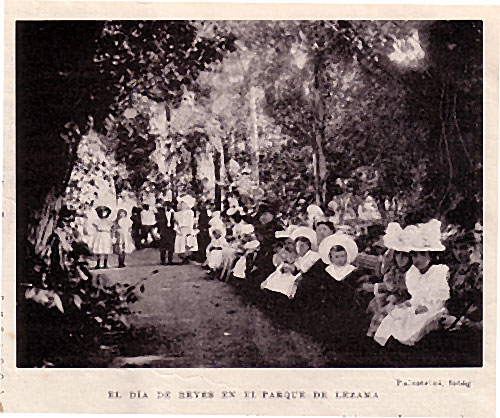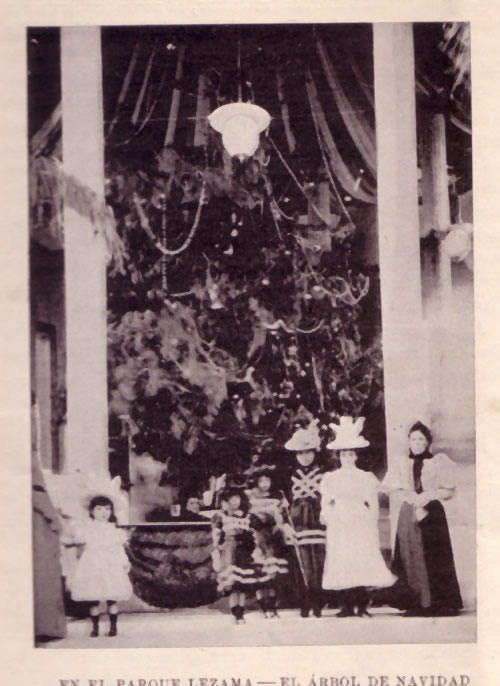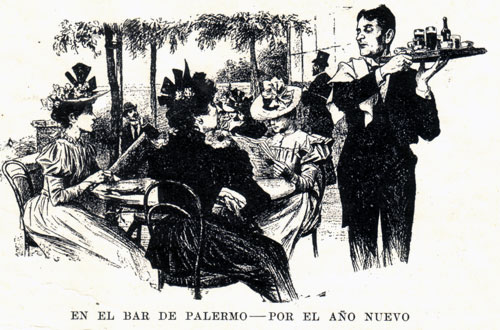Ever since hearing that New Directions Publishing was releasing an English translation of César Aira’s Los Fantasmas (Ghosts) in 2009, I’ve been searching Buenos Aires bookstores for a version of the Spanish edition.
As with some of my previous attempts in searching for a specific book in Spanish by a well-known author in Buenos Aires, I have been without luck. No Los Fantasmas by Aira to be found anywhere that I’ve seen. Well, fortunately, there’s plenty more Aira to keep me busy.
At least those of you in the U.S. are in luck and can look forward to encountering Ghosts soon. Here’s a review by the folks at Complete Review.
(via Conversational Reading)
In preparation for Argentina as the guest of honor country at the 2010 Frankfurt Book Fair, the government of Argentina is announcing a new program to subsidize the translation of 100 books by Argentine authors.
The amount of 250,000 euros is designated to support foreign publishing houses in publishing Argentine authors (fiction and non-fiction) into other languages. English and German are the languages most emphasized, though the program is opened to all languages….read more (Spanish).
Let’s hope this is an opportunity for many young Argentine writers to gain further notice in the world.
A few days still remain to catch the Amigos del Arte exhibition at MALBA. (… till February 9.)
Curators Patricia M. Artundo y Marcelo E. Pacheco have excelled at the extraordinary challenge in pulling together the dizzying range of Argentine artists whose works were displayed in the exhibition space sponsored by the Asociación Amigos del Arte on Florida street between the years 1924 – 1942. …….and here’s a peek at Florida street during that time:

A cool touch to this MALBA show is the entrance: a black-and-white image of the original showroom is projected onto a walled curtain through which you must pass through to view the artwork. The curtain/projection screen momentarily confuses some visitors who stand before it not sure where to go. Eventually someone makes the first step in parting the curtain and others figure it out.
With the range of artistic styles on display the overall effect is rather jarring. If you’re familiar with Argentine art or visited many of the museums in Buenos Aires, then you already will have seen many of the works presented. There’s the usual suspects: Xul Solar, Berni, Quinquela Martín, Pettoruti, de la Cárcova as well as Fader, Foner, and Figari. And there’s a slew of others. Additionally, there’s a bit of sculpture (only a few heads), music (that was a popular listening station) and a mini-cine as part of the exhibition. I made the mistake of visiting MALBA on the crowded, free Wednesday. The little cine and the listening stations were the most popular while others strolled by the paintings on the walls. As always in museums, certain folks are engaged with close examination of the paintings while others merely give a passing glance.

As with the nature of this specific exhibition, with a focus on the association that sponsored the earlier displays of these works in the early/mid-20th century, you don’t learn much about the artists. But I was delighted to see several examples of works represented by the Artistas del Pueblo, which may very well be my favorite movement among Argentine art. A wonderful exhibition on these artists was held last year at the Imago Espacio de Arte on Suipacha street.
Did someone say oligarchy?
MALBA’s exhibition is an attempt to “reread” the Amigos del Arte. From the exhibition’s introductory pamphlet: “Amigos del Arte is understood as a space for art exhibitions administered by a group whose members represented the landowning oligarchy, or, to put it differently, the Buenos Aires high society.” [emphasis mine]
Considering the agricultural-government conflict of this past year, it was amusingly unexpected to see the historical relationship between the city’s rich and the campo so clearly spelled out. Of course, everyone knows that, no need to hush hush about the word.
I’m looking forward to learning more about the Amigos del Arte through the 300+ page catalog published along with the exhibition. But I really want to learn more about all these artists and not their patrons: talking about art is a fun parlor game for intellectuals but has nothing to do with creativity.
I always will have great memories of Parque Lezama. I’ve spent many hours strolling around the park. Sure, on weekends it’s rather dusty and crowded but wonderful during the week. Here are a couple of old photos from Buenos Aires Revista of the holidays in Parque Lezama, 1898.
Three Kings Day

Christmas Tree in the Park

A sketch of the nightlife on New Year’s 1898 from Buenos Aires magazine.

Happy New Year to everybody!
A 2009 Walking Buenos Ayres calendar is one of the projects we’ve been working on. It’s easily shipped from the manufacturer to you in the U.S. or wherever you’re located.


Wandering the bookstores in Buenos Aires, looking for good fiction by an Argentine writer but you’re already read enough of Borges, Bioy, & Cortazar? A local foundation has compiled a catalog of 30 writers. And thanks to a blog in the U.S. devoted to literary translations, you can download the excellent catalog prepared by Fundación TyPA: 30 Great Authors from Argentina.
The PDF is in English and is being used to promote Argentine writers to an international audience and, hopefully, some more Argentine writers will end up with their works translated.
Fundación TyPA does have a page on their web site about the recent presentation of this catalog, but oddly no link from their site to the actual catalog. If you don’t want to download the PDF, they do provide this list.
Happy reading!
I was wakened from a dream the other morning….Ceci and I were visiting a small gathering spot, some type of bar or cafe that our friend Nestor had recommended…..leave it to him to find such a place… Everything was cool…at one point, we learned that it was a popular hangout for Hugo Chavez….were we back in Venezuela?…I went outside for a moment and then saw a tank and another car pull up. I thought, “Surely they wouldn’t attack a place with so many civilians.” The driver of the car put down his peanut butter sandwich (in Venezuela?) and picked up the mic of a radio. I dashed through the doorway as shots were fired into the back of the building. Everyone inside scattered for cover. I saw Ceci run from the couch and hide in a trash can. I ran to her, but didn’t fit inside the can. My hiding spot was a silver metal cabinet sitting nearby. I squeezed inside, fearing for my life. Everything became quiet except for a song, Nick Cave singing, “I don’t need no crappy, long, complex novel about London.”
I thought to myself, in that defining moment of dream life “If only I make it through this, I can finish my novel and it doesn’t need to be crappy, long, or complex.”
Ceci then woke me up.
My short story, “Forever Unaware”, was recently published in Paradigm.
Update (2014): the links are no longer active.
I enjoy reading travelogues about places all around the world, though there is a certain sameness to them all after a while. With Argentina’s bicentennial approaching in 2010, I decided to reach back and examine an Englishman’s account of living in Buenos Aires from the early 1800s: A Five Years’ Residence in Buenos Ayres: during the years 1820 to 1825. If you want to read along, you can find the PDF over at Google Books.
The author is supposedly a guy named George Thomas Love. However, this authorship is disputed by an Argentine historian: Alejo B. González Garaño, who translated the book into Spanish. (If I’m not mistaken, González Garaño also was once the director of the Museo Histórico Nacional). From the bibliographic records it looks like González Garaño wrote a prologue to the Spanish edition. That sounds interesting. I should find a copy, there are several floating around the city, and see what he had to say. However, he attributes the author of this work not to Love but to John Luccock, an Englishman who wrote several travel accounts in South America.
So, was the author Love or Luccock? I don’t know but in the spirit of blogging and contemporary travelogues on the Internet, I will simply refer to this mysterious man as Mr. Lovecock.
Mr. Lovecock’s impression of Buenos Aires… from page 156:
A person will not be long in Buenos Ayres without picking up acquaintances with its inhabitants; amongst whom are some very intelligent young men. I have sometimes thought it would give me pleasure to conduct one of them to England, to be – not exactly a Mentor (needing that myself), but a sort of escort to him in the modern Babylon, London.
Ah, throughout the city’s history all good foreigners have picked up sexy Argentines. More of Mr. Lovecock’s adventures in early Buenos Aires in subsequent postings….
« Previous Page — Next Page »




